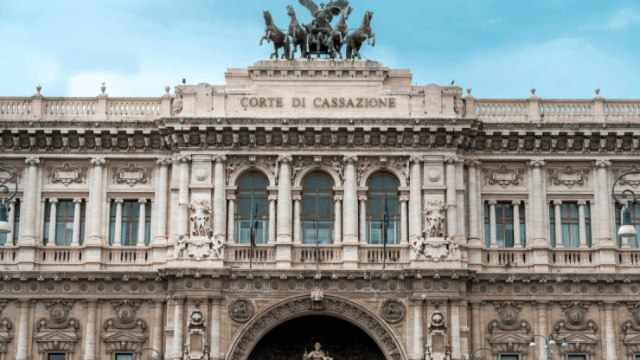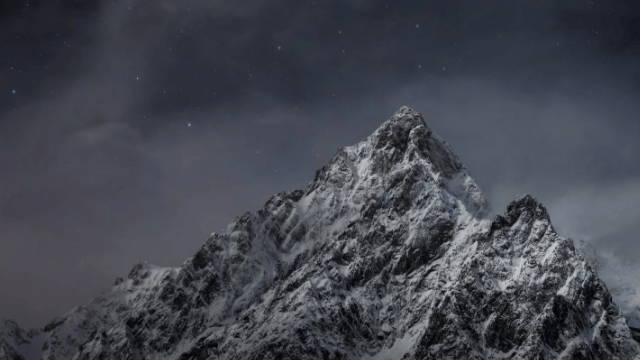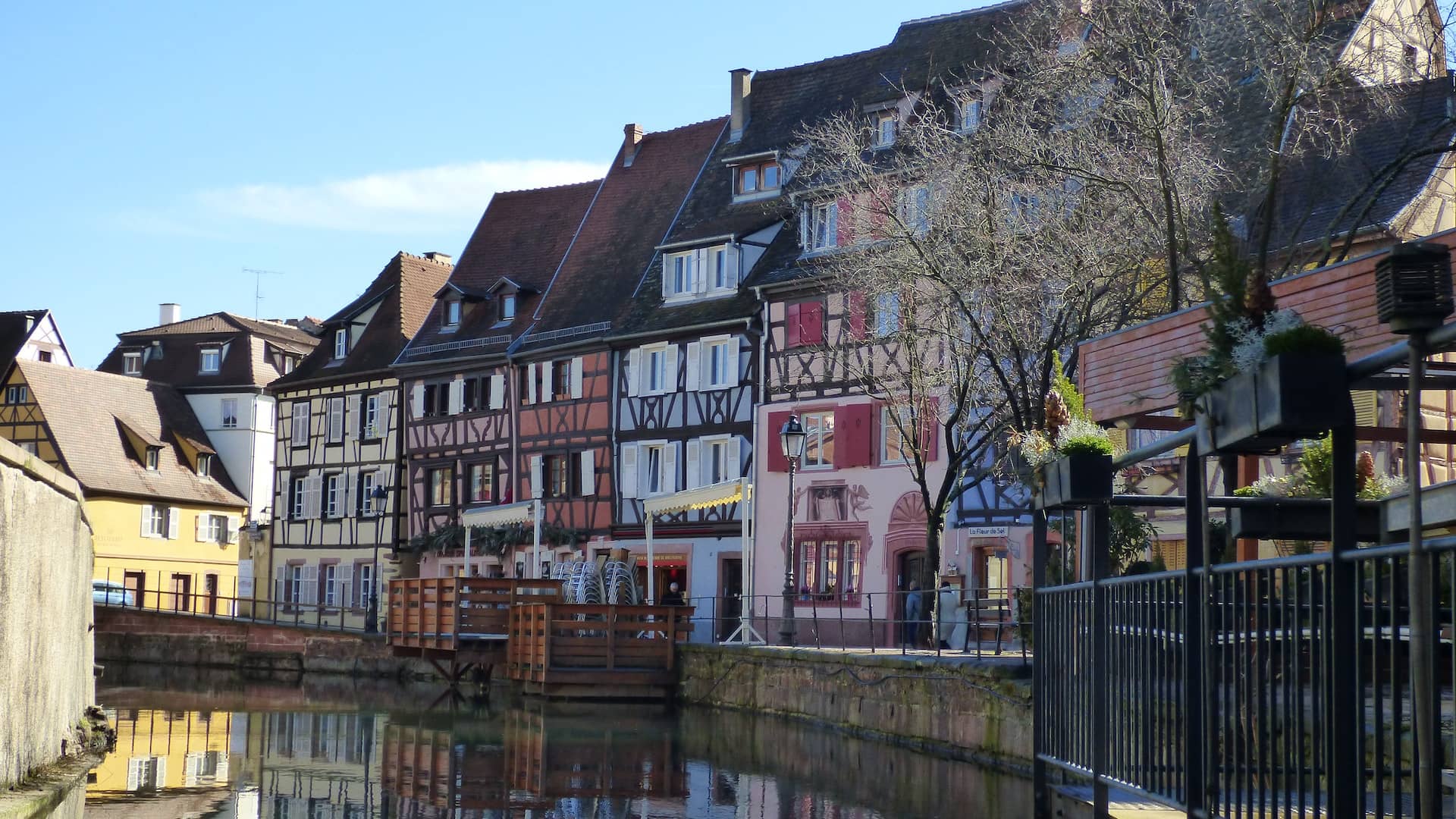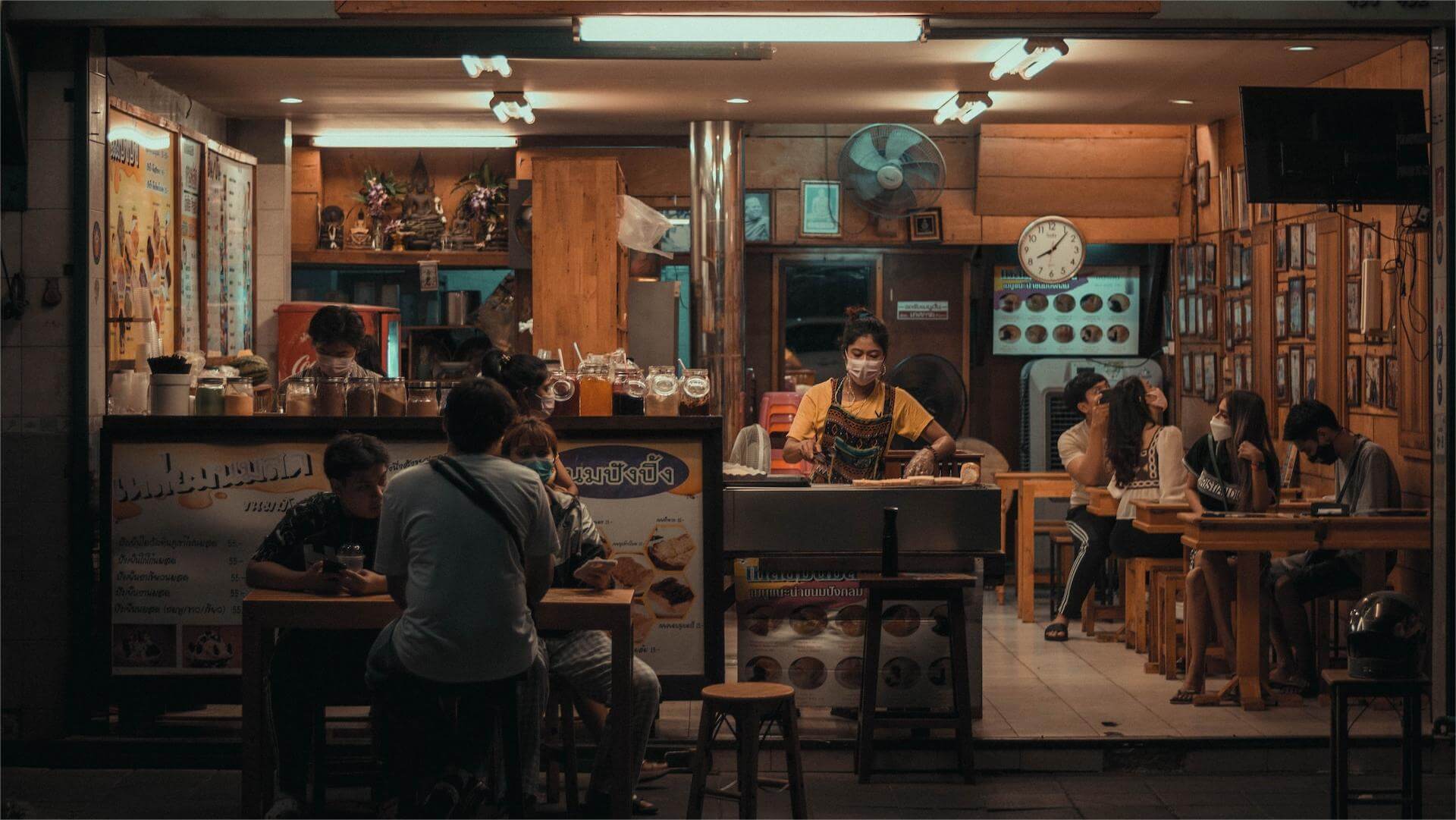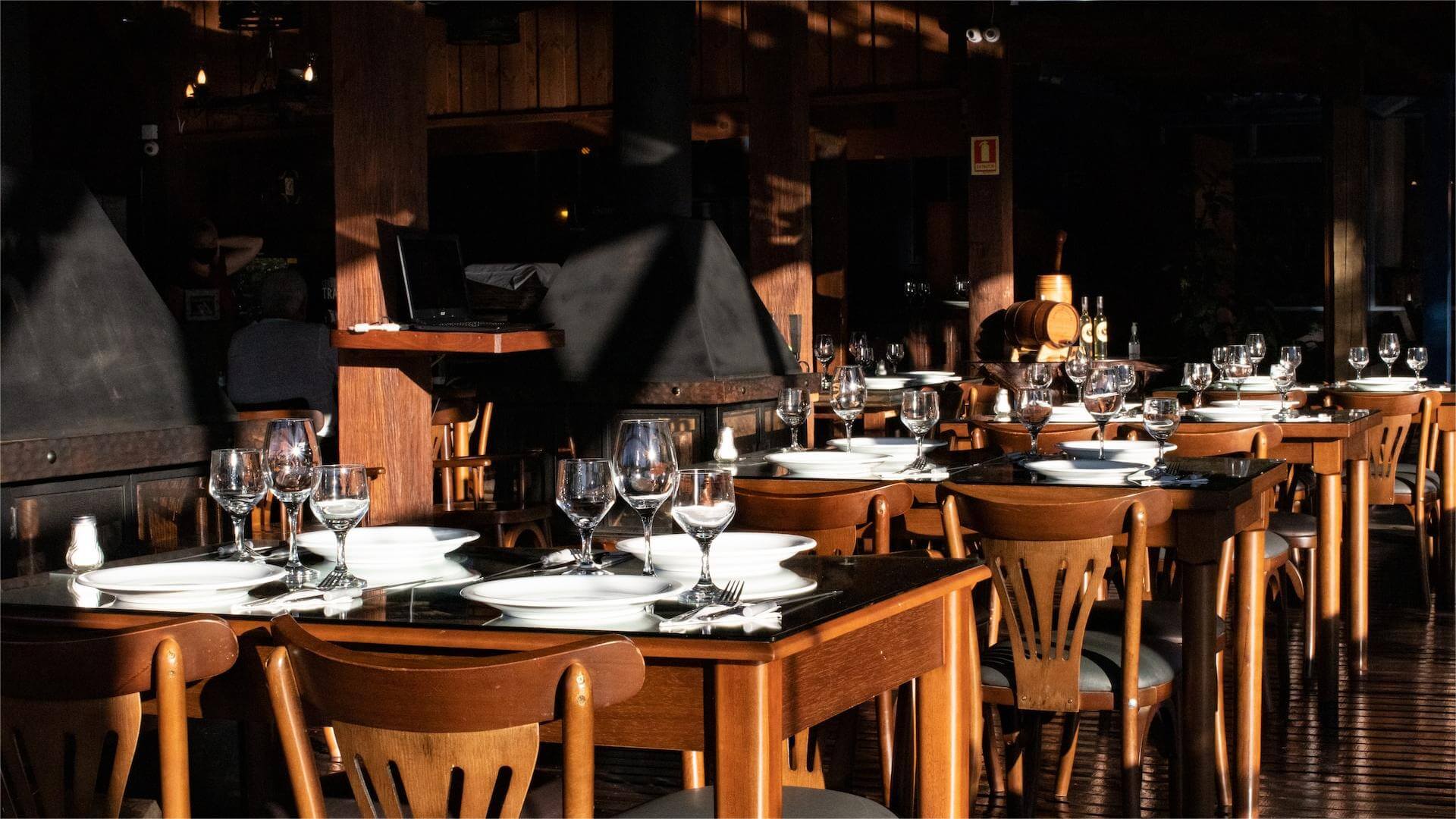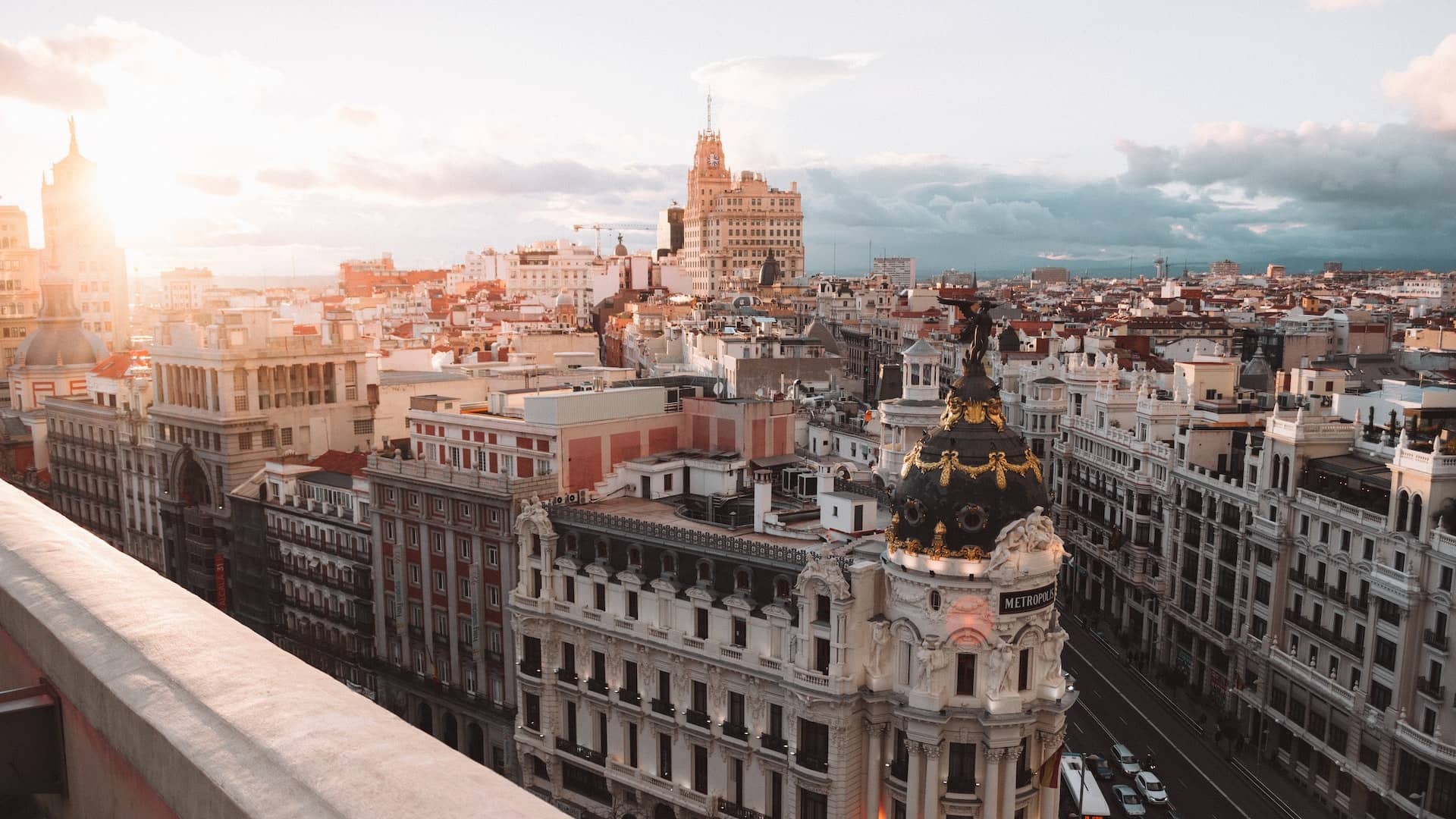S
Baroque architecture originated in Italy in the 17th century, followed by the Renaissance and the Classical Renaissance. Baroque architecture focuses on color, light and shadow, sculpture and strong baroque characteristics.
- Roman Jesuit Church

The Roman Jesuit Church was designed by Veneola, a famous architect and architectural theorist in the late Renaissance of Italy. It is the representative work of the transition from formalism to baroque style. Some people also call it the first baroque architecture. The plane of the Roman Jesuit Church is rectangular, with a shrine protruding at the end, a wide central hall, and the vault covered with statues and decorations. The facade of the church draws on the treatment of Florence's Santa Maria Cathedral. The layered eaves and mountain flowers above the main gate are made into overlapping arcs and triangles. The leaning columns and flat pilasters are used on both sides of the gate, and two pairs of large scrolls are made on both sides of the upper part of the facade. These treatment methods are unique and have been widely imitated later.
Address: Rome, Italy
- XIV Saints' Pilgrimage Church
Fourteen Saints' Pilgrimage Church is one of the representative works of German Baroque style churches. The layout of the Saints' pilgrimage church is very novel. The main hall and shrine are made into three continuous ovals. The arched ceiling also echoes this. The interior of the church is covered with various plant shapes and decorative patterns made of plaster, which are magnificent. The appearance of the church is relatively flat, with a pair of towers on the front, which are decorated with soft curves and full of cordiality.
- San Carlo, Rome
The church of San Carlo in Rome, designed by Polomini, is a typical baroque architecture. Its hall plane is similar to olive shape, and there are some irregular small prayer rooms around it; In addition, there are living courtyards. The plane and ceiling decoration of the hall emphasize curve dynamics, the ceiling of the facade is broken, the eaves are horizontally curved, the wall is highly concave and convex, the decoration is rich, and there is a strong light and shadow effect. The church of San Carlo marks the arrival of the peak of the Baroque era.
Address: Italy
- San Diego Cathedral

San Diego Cathedral was built in 1748 as a famous touring church. The baroque style is related to the facade of the church in the architecture, and the baroque style of the facade of Santiago Cathedral is significantly different from that of other parts of Europe. Many composition elements are from the national tradition or individual architects. The vertical composition of the central part of the facade is unique and belongs to a unique school of baroque architecture. According to legend, James, one of the twelve disciples of Jesus, was buried here, so it became one of the famous Catholic pilgrimage sites. In 1951, it was listed as Chile's historical and cultural architectural heritage.
Address: Chile
- Melk Monastery
Merck monastery, founded in 1089, is a Benedictine monastery, located on the rocks of Merck Town, Lower Austria, Austria, overlooking the Danube River and adjacent to the beautiful Valho Valley. It is called "the most beautiful monastery in the world", and the cathedral in the monastery is called "the most magnificent cathedral in the world". Merck Monastery is also one of the masterpieces of Baroque architecture, and has been "the spiritual and cultural center of Austria" for nearly ten thousand years.
Address: Merk Town, Lower Austria, Austria
- Rohel abbey church
Rohel abbey church is one of the representative works of German Baroque church. The exterior of the German Baroque style church is simple and elegant, the shape is soft and the decoration is not much, and the interior decoration of the church is very gorgeous, resulting in a strong contrast between the inside and outside. The church of Rohel Abbey is also simple in appearance and exquisite in interior decoration, especially the ceiling on the upper part of the shrine is full of flying angels carved in white marble. In the center of the shrine is a group of sculptures composed of the Virgin and two angels, and below the shrine is a group of saints with different expressions.
- The official residence in Vilzburg
The official residence in Vilzburg, also translated as the official residence in Uzbekistan, was built in the 18th century. The official residence in Vilzburg presents the unique architectural art of southern Germany, and is also an outstanding representative of the late Baroque official residence architecture in Europe. It is one of the largest and most beautiful baroque palaces in Germany, with its elegant appearance, gorgeous interior and the most extravagant decoration style of baroque. It has the same artistic value as the Meiquan Palace in Vienna and Versailles Palace in Paris, and was listed as a world heritage by UNESCO in 1981.
Address: Baroque architecture on the inner edge of Uzburg, Germany
- Zwenger Palace
Located on the bank of the Elbe River in Dresden, the Zwenger Palace, built between 1709 and 1732, is the most magnificent and spectacular baroque ancient building in Dresden. This baroque palace emphasizes curves and decoration. Its luxury and splendor are praised by the French literary master Voltaire as the "second only to Versailles in Europe" architecture. In July 2004, the Zwenger Palace became one of the UNESCO World Heritage Sites.
Address: on the Elbe River, Germany
- St. Peter's Square, Rome

St. Peter's Square, located in the easternmost part of the Vatican, can accommodate 500000 people. It is famous for St. Peter's Cathedral in the front of the square, and is the place where the Holy See holds large-scale religious activities. Because the Vatican's borders are bounded by the city wall except St. Peter's Square, there is a national boundary paved with limestone in front of the square. St. Peter's Square in Rome is the largest square in Rome and is also a famous baroque architecture.
